Sketching people in motion is a fun way to capture life as it happens. It helps artists practice quickly and observe the world around them. The key to sketching moving people is to start with a simple line that shows the direction or flow of their movement before adding more details.
This approach makes it easier to catch the energy and pose of the figure. It also helps artists stay loose and focused on the big picture instead of getting stuck on small details that change too fast. Practicing this skill can improve both speed and confidence when drawing people on the go.
Many artists enjoy sketching people in motion because it keeps their drawings lively and natural. Whether on the street, in a park, or at events, capturing movement brings stories to life on paper and makes sketching more exciting.
Understanding Motion in Figure Drawing
Motion in figure drawing comes from capturing the natural flow and energy of the body. Knowing how to use poses, quick sketches, and strong lines helps show movement clearly and keeps the drawing lively.
Principles of Dynamic Poses
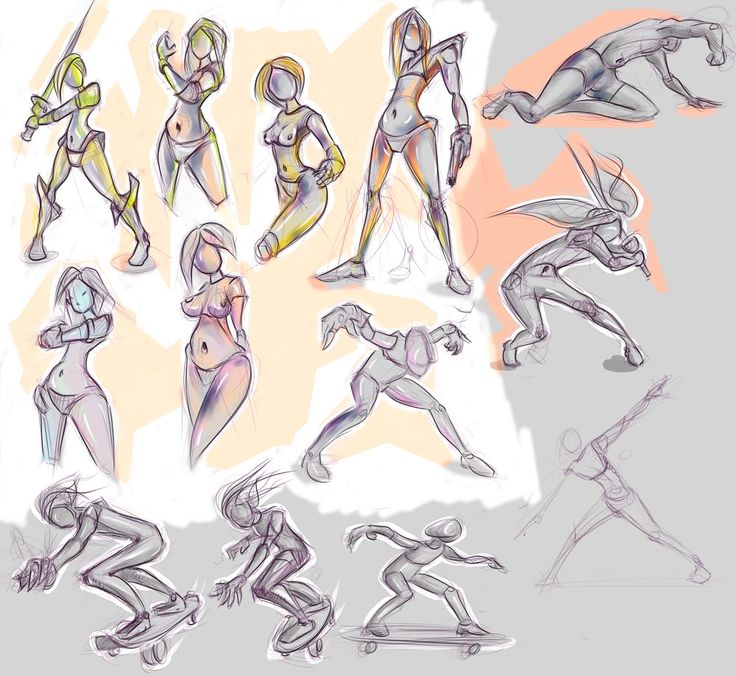
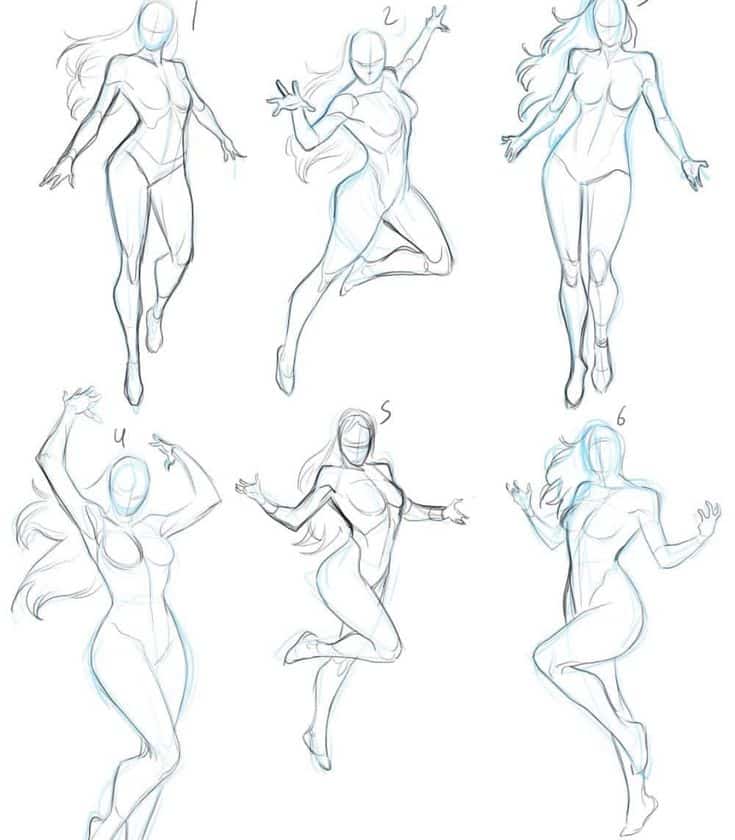
Dynamic poses are about showing energy and weight in a figure. A good pose often has twists, bends, or stretched limbs that suggest movement. Instead of stiff or straight positions, the body should look like it’s reacting to forces, like gravity or momentum.
Key points to remember:
- Use contrast in limb positions (one arm raised, one leg bent).
- Show balance or imbalance depending on the action.
- Include body parts that lead the movement, like a swinging arm or bent knee.
These choices create a sense of life and help the viewer feel the action, not just see a shape.
Gesture Versus Detailed Drawing
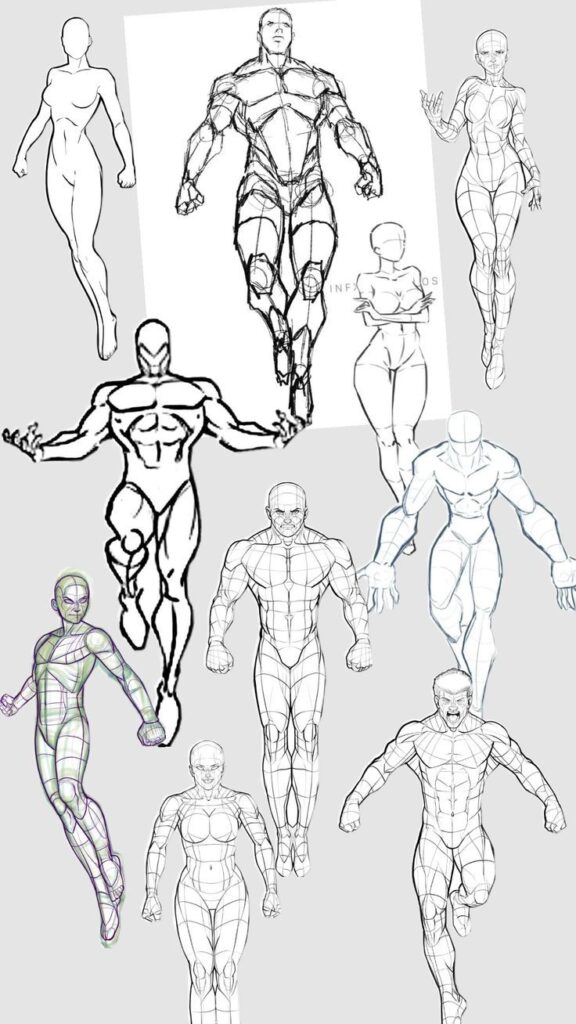
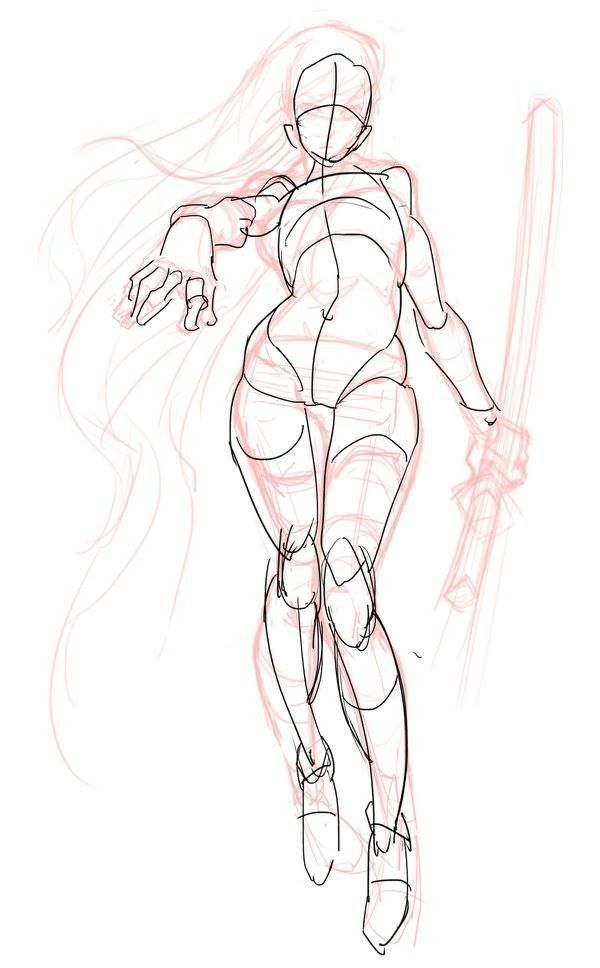
Gesture drawing is a quick sketch that catches the basic movement and flow of a figure. It focuses on speed and energy, not detail. The goal is to show the overall action with loose, flowing lines.
Detailed drawing follows later and adds muscles, clothing, and facial features. But if the gesture isn’t right, the detailed drawing may feel stiff.
Artists often spend just 30 seconds to a few minutes per gesture to avoid overthinking. This keeps the drawing fresh and spontaneous. Gesture helps artists understand how poses change and improves their skill in drawing people in motion.
Capturing Action Lines
Action lines, also called “lines of action,” are simple curves or straight lines that show the main flow of a pose. They guide the overall direction of the figure’s movement.
These lines usually run through the head, spine, and limbs. A strong action line can:
- Help simplify complex poses.
- Create rhythm and flow.
- Make the figure look balanced even in motion.
Using action lines first makes it easier to build the figure on top while keeping the drawing feeling connected and alive. Artists often draw the action line quickly before starting other shapes.
Essential Materials and Tools for Sketching
Sketching people in motion demands tools that keep up with quick, often unpredictable movements. The right sketchbook and paper help capture gestures smoothly. Using pencils and pens designed for fast lines makes drawing easier. Digital tools offer new ways to work on dynamic poses with flexibility.
Recommended Sketchbooks and Paper

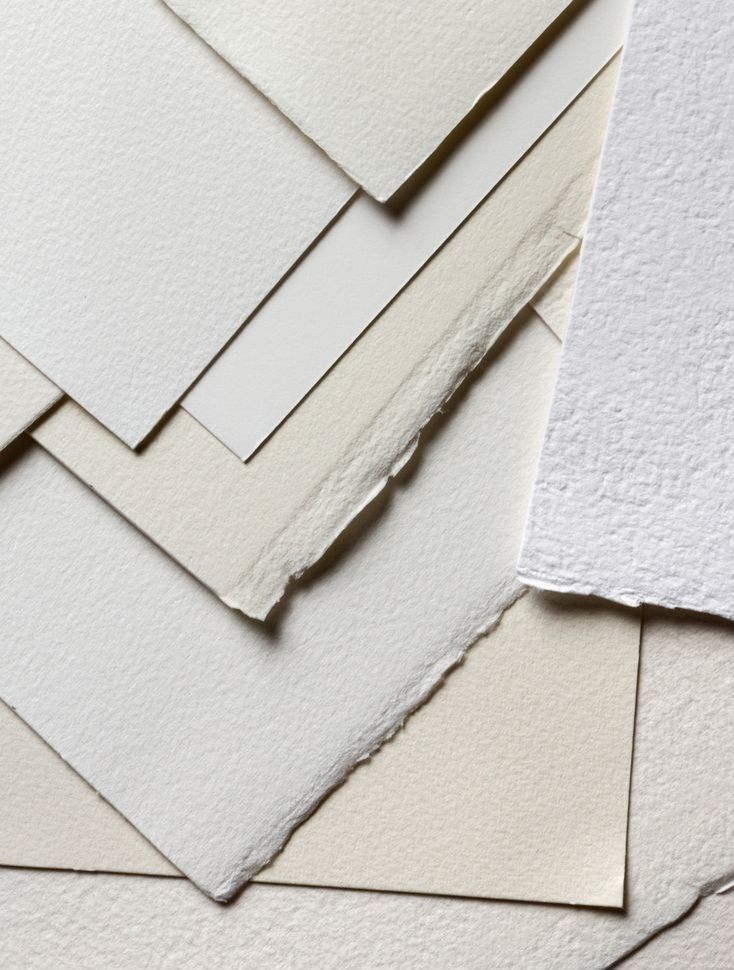
A sketchbook with smooth, durable paper is best for sketching people on the move. Artists often choose sizes around 9×12 inches for enough space without being bulky. The paper should handle quick erasing and various drawing tools, including pencils and ink pens.
Spiral-bound sketchbooks lie flat, making them easier to sketch on any surface. Lightweight paper is good for artists carrying supplies outdoors, but heavier paper (around 100gsm or more) resists wrinkles from fast strokes.
Using toothier paper is better when adding watercolor later. For quick gesture drawing, smoother paper helps pencils glide freely without distracting texture.
Best Pencils and Pens for Movement
Graphite pencils in the HB to 2B range are popular because they balance hardness and darkness well. Softer pencils make darker, smudgier lines quickly, while harder pencils keep lines lighter and cleaner.
Many artists prefer mechanical pencils with thin leads (like 0.5mm or 0.7mm) for precise lines and less sharpening. For fast sketching, a ballpoint pen or fine-liner pen with waterproof ink works well, as it won’t smudge easily and captures motion in confident strokes.
Pens with flexible tips or brush tips can express movement better with varied line thickness. Using a kneaded eraser allows gentle corrections without damaging paper.
Digital Tools for Motion Sketches
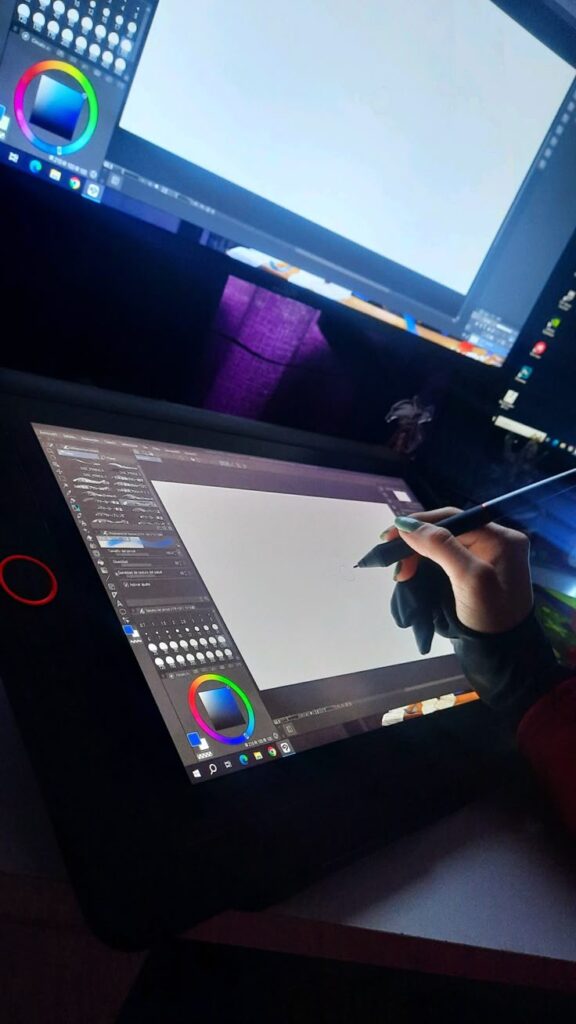
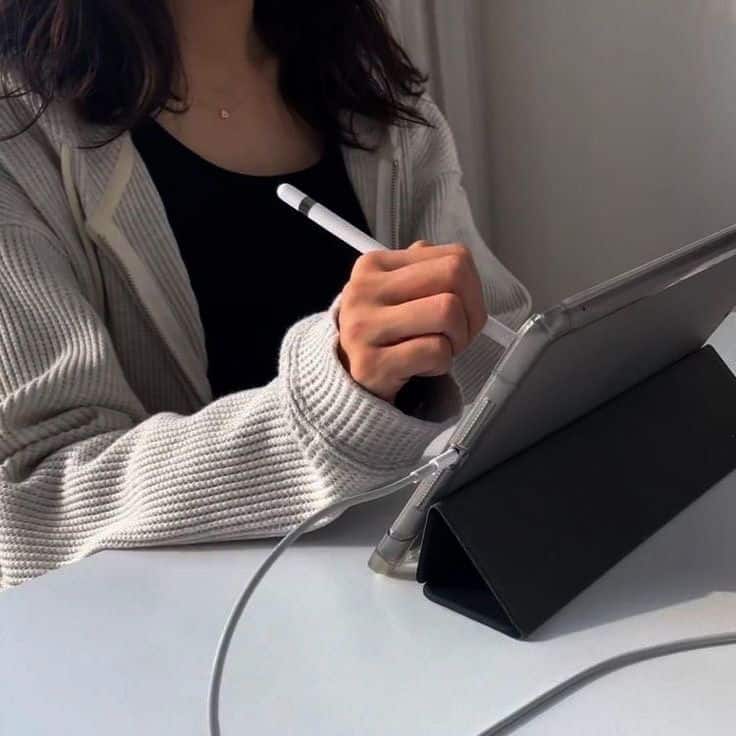
Tablets with pressure-sensitive styluses give artists control over line weight and shading. Popular devices include the iPad with Apple Pencil and Wacom tablets. Apps like Procreate or Adobe Fresco offer features like layers and undo, making it easier to adjust quick sketches.
Digital sketching is convenient for on-location work if carrying minimal gear is required. It also allows rapid experimentation with colors and styles without wasting paper.
Adjusting brush settings to mimic pencils or inks helps capture natural motion. Many artists use shortcut gestures to speed up their workflow when moving subjects won’t hold still.
Mastering Gesture Drawing
Mastering gesture drawing means learning how to quickly capture movement with simple lines. It involves practicing fast sketches, breaking down complex body shapes, and noticing the flow that connects different parts of the figure.
Timed Sketching Exercises
Timed sketching helps artists focus on the main action without getting caught up in details. Short time limits, like 30 seconds to 2 minutes, push them to draw quickly and freely.
These exercises train the eye to spot essential poses and improve speed. Artists often start with fast warm-ups to loosen their hand and observe the subject’s basic movements.
Regular practice with timers builds confidence in capturing motion quickly. It also prevents overthinking, which can freeze the creative process.
Simplifying Body Forms
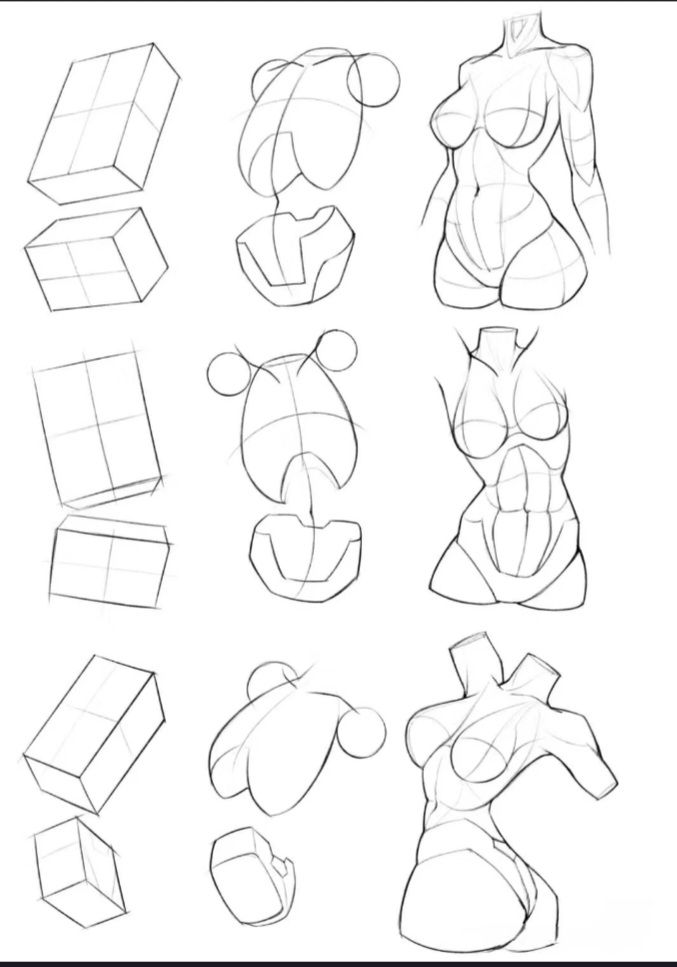
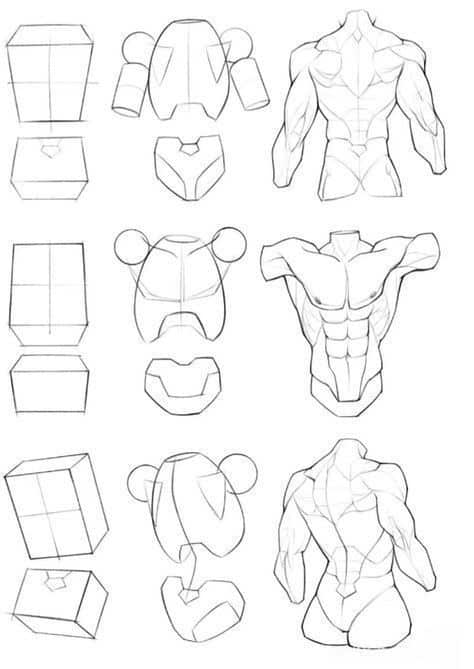
Simplifying the body means reducing it to easy shapes like circles, ovals, and lines. This helps artists sketch faster and keep the figure dynamic.
Instead of drawing muscles or clothes, they focus on the main parts like the head, spine, and limbs. Simplified forms make it easier to adjust poses or add movement later on.
Using basic shapes also helps maintain correct proportions and balance. This approach prevents getting lost in small details, keeping the drawing lively and clear.
Identifying Rhythmic Flow
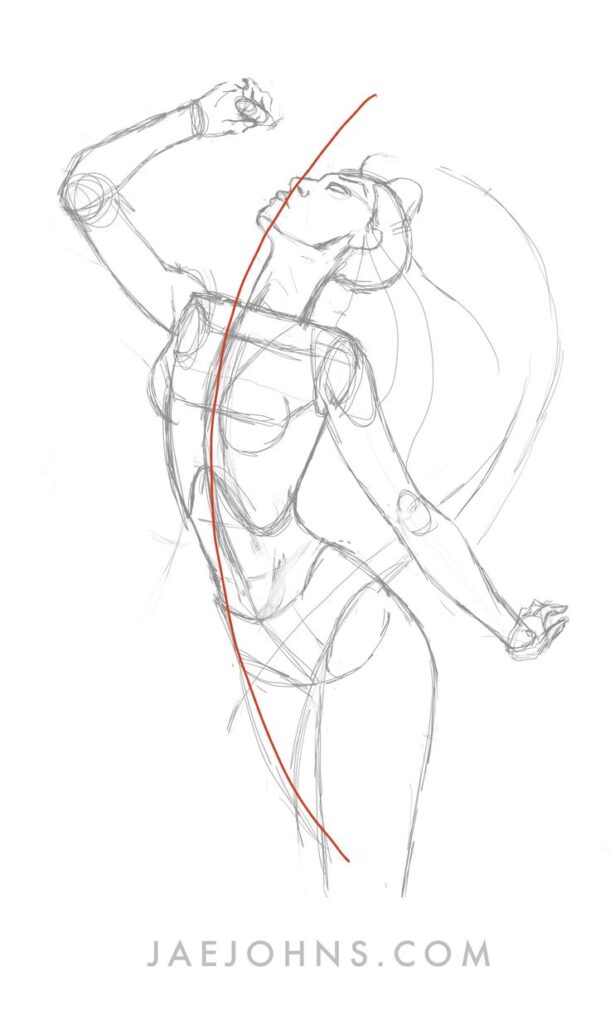
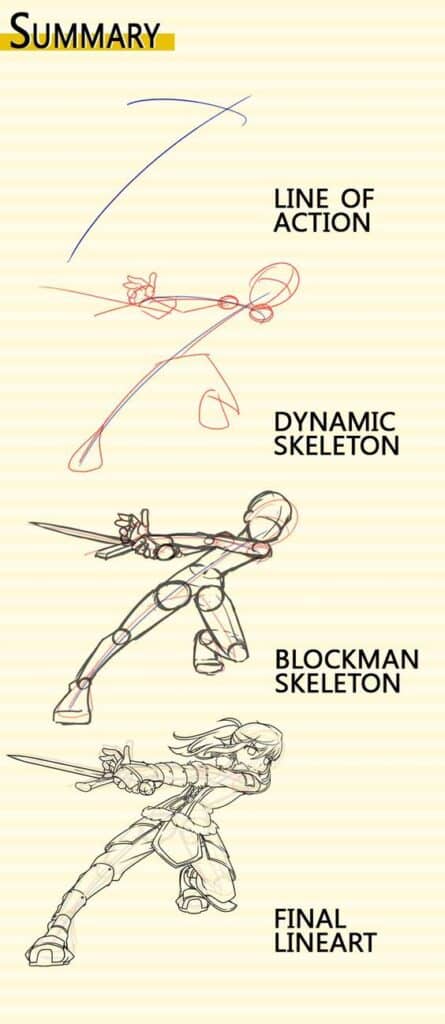
Rhythmic flow is about spotting the natural curves and energy lines in a pose. These lines guide the whole figure and show how parts connect in motion.
Artists look for a “line of action”—a simple curve or angle that shows the main direction of movement. This line helps create a sense of rhythm and balance.
Focusing on flow keeps the sketch feeling alive and dynamic. It also enhances the feeling of movement, making the drawing more expressive and natural.
Techniques for Conveying Movement
Capturing movement in sketches often relies on a few key tricks. These include creating a clear flow in the figure, showing speed, and sometimes using exaggeration to make the pose feel alive. These techniques help make a drawing look active instead of static.
Using Line of Action
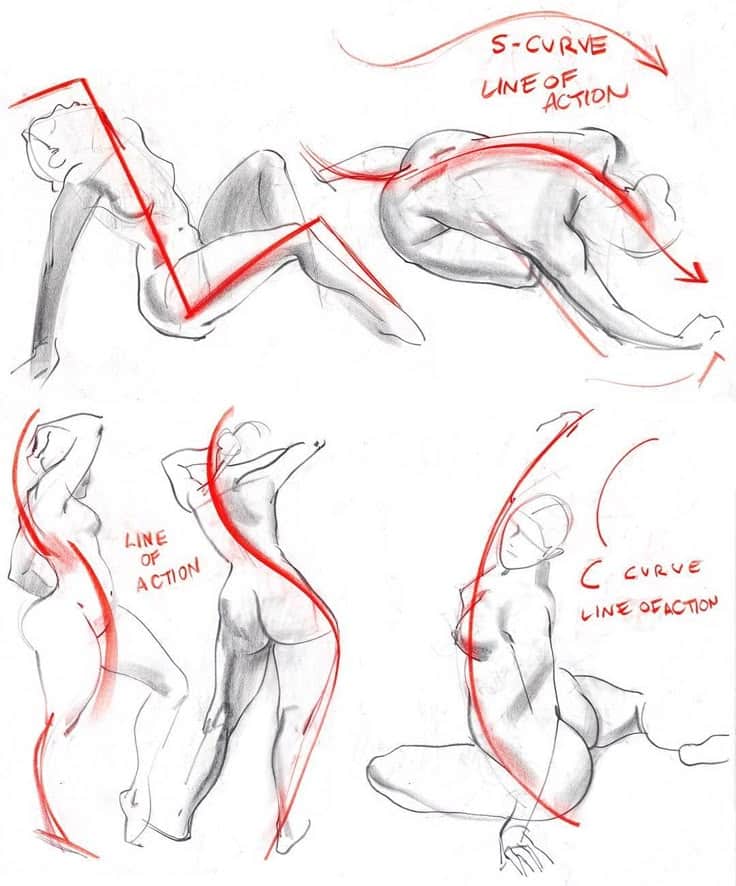
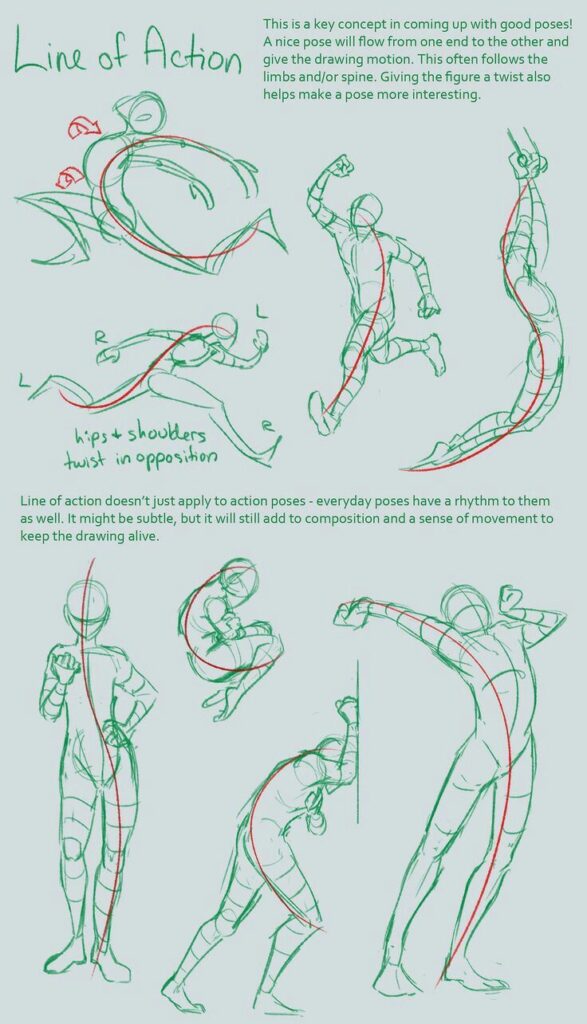
The line of action is a simple, curved line that shows the main flow of a pose. It usually runs along the spine or the center of balance. This line helps artists decide how the figure moves through space.
Starting with a strong line of action guides the whole sketch. It shows whether a person is stretching, twisting, or leaning. Using this line makes gestures look more natural and dynamic.
Artists keep the line fluid and avoid straight, stiff lines. This encourages a sense of energy. The line of action is often drawn quickly to capture the initial feeling of the movement before adding details.
Implying Speed and Flow
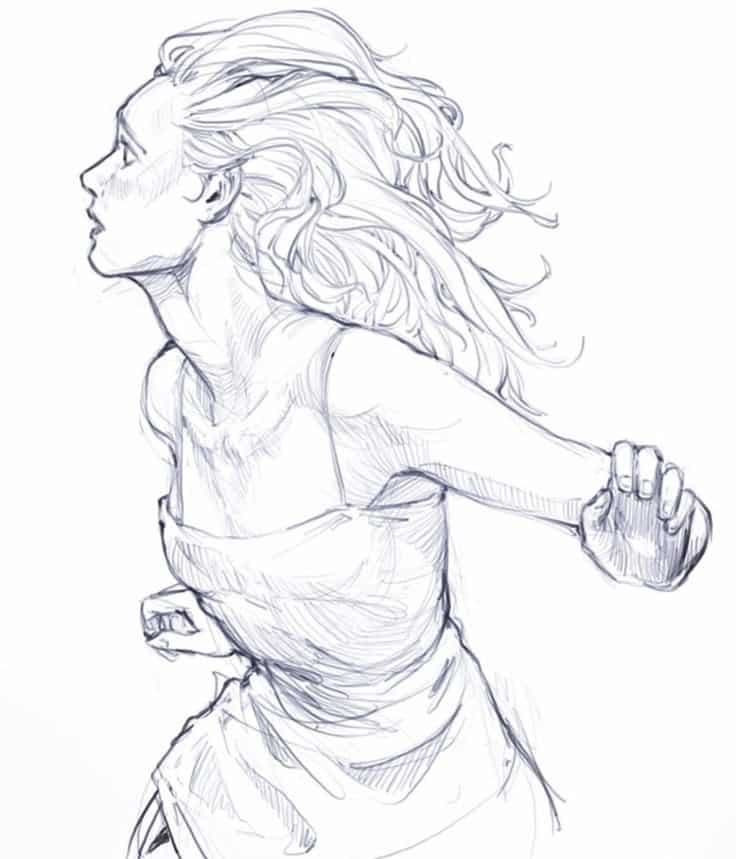
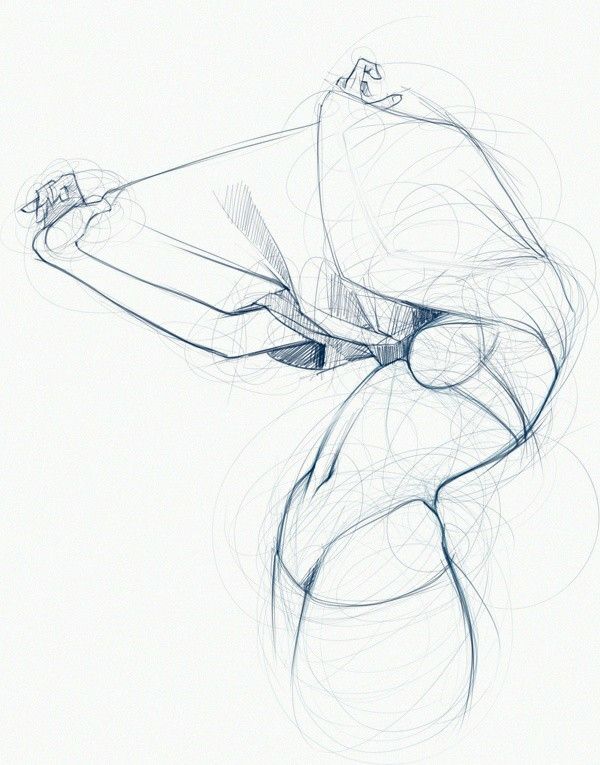
Showing speed often means drawing blur or repeated shapes to suggest fast motion. Lines that extend beyond the figure’s edges, commonly called motion lines, hint at where the person has just been or is going.
Flow comes from connecting parts of the body smoothly. Overlapping shapes like bending arms or legs help show how parts move together in one motion.
Artists may also use soft or quick strokes to highlight different speeds. Quick, light lines can stress fast movements, while heavier strokes show strong, slow actions.
Exaggeration and Stylization
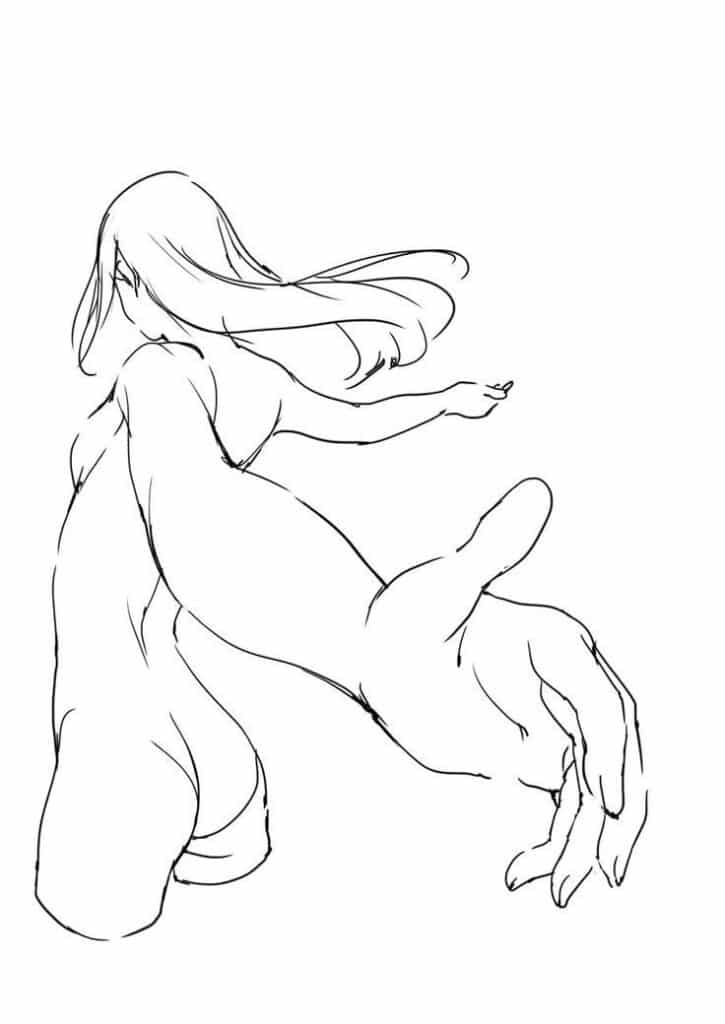
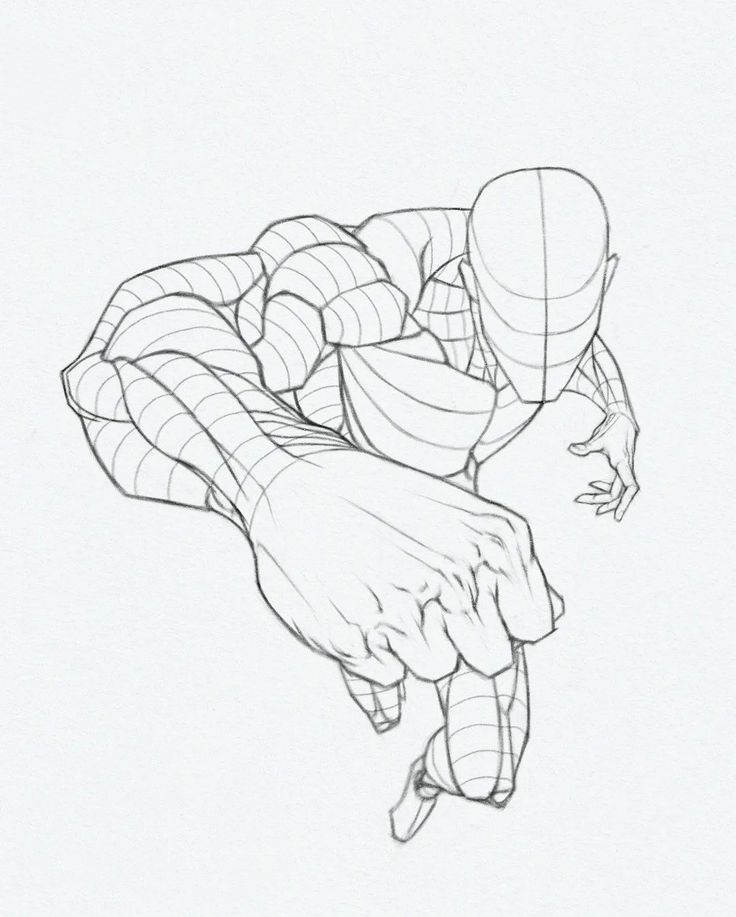
Exaggeration pushes the body’s pose beyond what feels natural to express energy. Stretching limbs, bending joints more, or twisting the torso adds drama and boldness.
Stylization means simplifying or changing some parts of the figure to focus on movement. For instance, making a hand larger or elongating a leg can draw attention to that action.
These choices help viewers understand the motion clearly. While accurate anatomy is important, bending the rules a bit makes the pose feel more lively and less stiff.
Studying Anatomy for Motion
Understanding how the body moves helps an artist capture realistic poses. Important parts of the body, like muscles and joints, work together to create fluid motion. Balance and weight shift give life to sketches of people in action.
Key Muscle Groups in Action
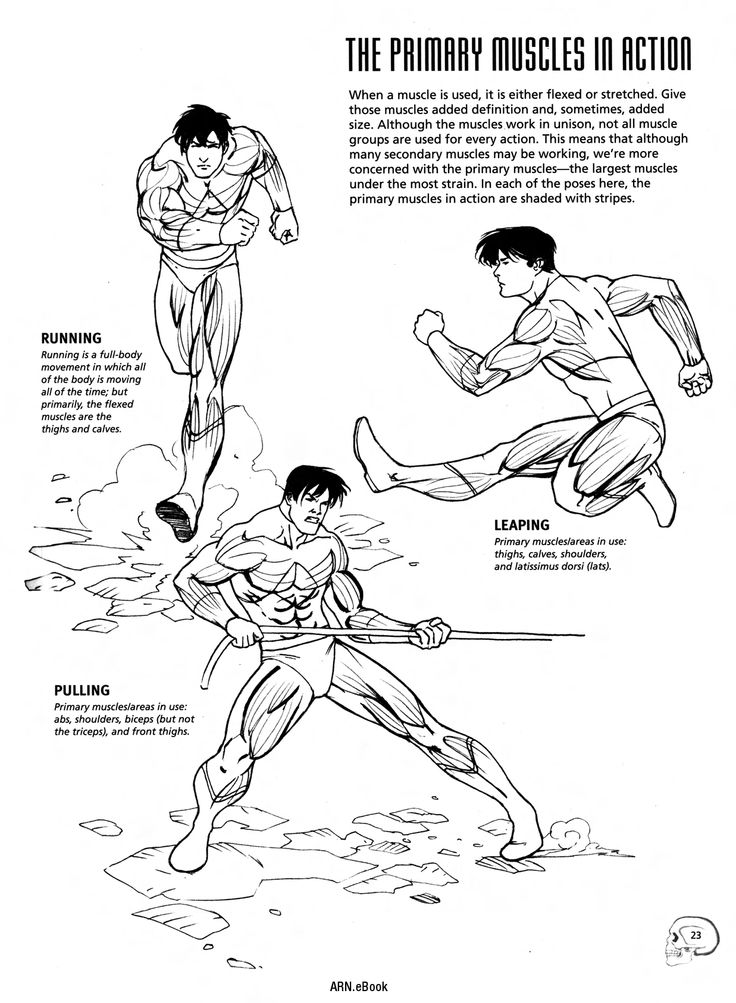

Some muscles play bigger roles when people move. The deltoids (shoulder muscles) lift and rotate the arms. The quadriceps (front thigh muscles) straighten the legs and support running or jumping. The hamstrings (back thigh muscles) bend the knees and help push off the ground.
Muscles work in pairs, so when one contracts, the other relaxes. For example, the biceps bend the elbow, while the triceps straighten it. Knowing which muscles are active helps an artist draw realistic muscle tension and body shape in motion.
Understanding Weight and Balance
Balance depends on how the body’s weight spreads over its base of support, usually the feet. When a person leans forward or raises a leg, their body shifts to keep from falling. This shift changes how muscles look and how limbs position themselves.
Artists look for the center of gravity, usually around the hips, to see how it aligns with the feet. A proper balance line shows if the figure is stable or in motion. Sketching this balance adds energy and realism to the pose.
Drawing People in Real Life and From Reference
Sketching people in motion means working with different tools and situations. Whether using live models or photos, understanding how to observe movement and form is key. It also helps to recognize how groups of people interact in space.
Sketching From Live Models

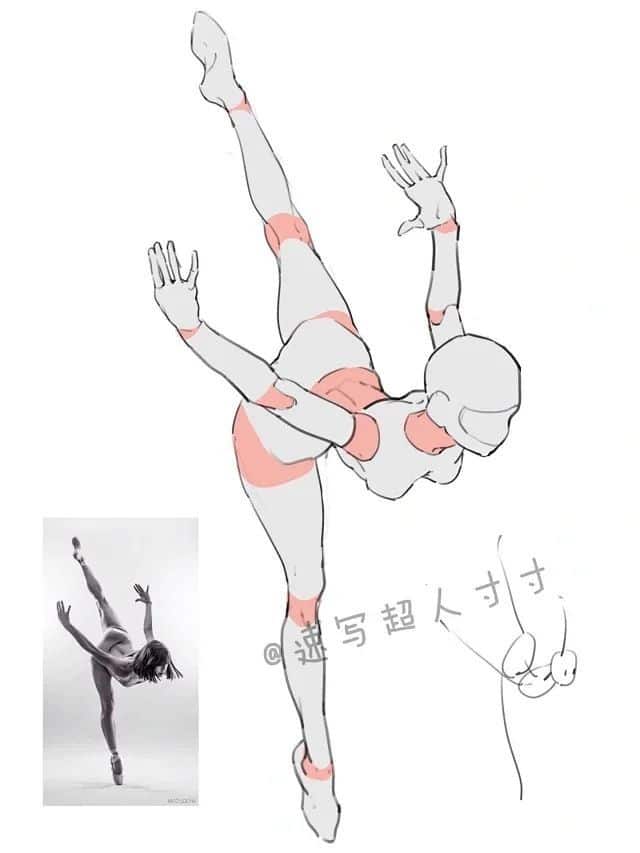
Drawing from live models allows artists to see real-time movement and subtle changes in posture. The challenge is to capture quick gestures before they change. Fast, loose lines work best to show action without getting stuck on details.
Artists can practice in places like parks or cafés, focusing on body shapes and weight shifts. Using a small sketchbook encourages frequent practice. Observing how muscles and limbs move helps create natural, fluid sketches.
Using Photo References Effectively
Photo references give the chance to study motion without time pressure. When using photos, artists should pick images showing clear, dynamic poses. Focus on the flow of movement rather than exact details.
It is useful to break the figure into simple shapes, such as circles for joints and lines for limbs. This helps in understanding the body’s mechanics and improving proportions. Pausing and replaying videos frame-by-frame can also provide different views of motion.
Capturing Crowd Dynamics
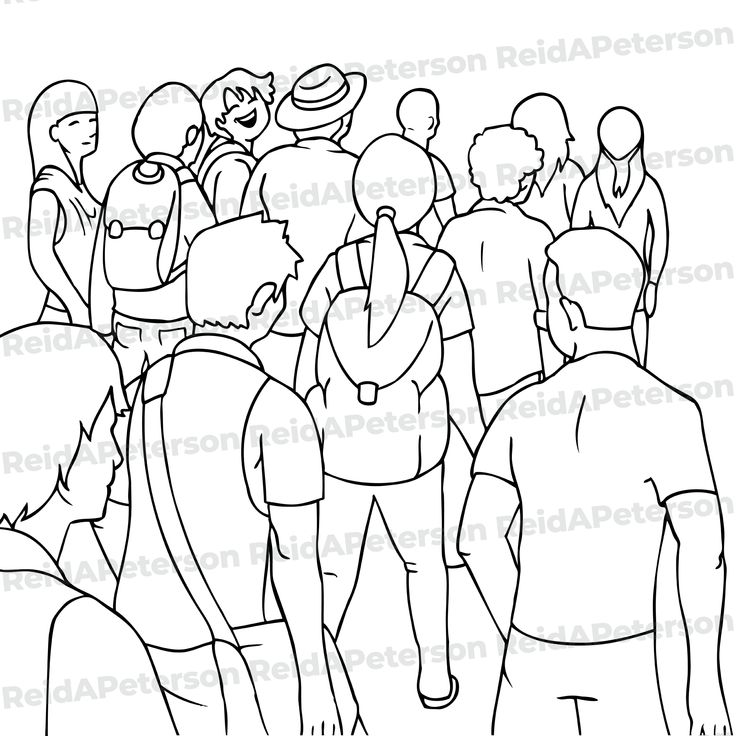
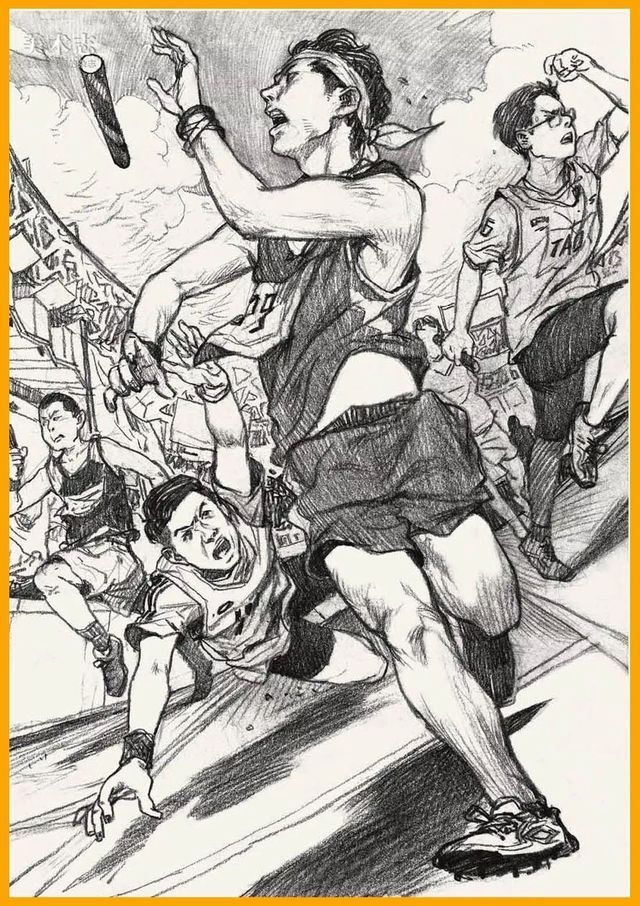
Sketching crowds shows interaction between multiple figures and the flow of group movement. Seeing how people’s positions relate and overlap is important. Quick sketches focusing on overall shapes and directions can capture this.
Using simple marks to represent heads and bodies allows the artist to build scenes fast. Group movement often has rhythms, such as walking in the same direction, which can be emphasized by repeating shapes and lines. This keeps the sketch lively and connected.
Common Challenges and How to Overcome Them
Sketching people in motion can be tricky because the subject is always changing position. Capturing natural movement without losing accuracy requires careful attention to posture and size. Artists often struggle with stiffness and getting proportions right while the figure moves.
Avoiding Stiffness in Sketches
Stiff sketches happen when poses look frozen or unnatural. To avoid this, the artist should focus on the gesture of the movement first. Quick, loose lines help capture the flow and energy of the pose.
Using simple shapes to represent the body parts allows more freedom in drawing dynamic positions. It is better to draw fast and adjust later than to try making perfect lines from the start.
Tips to avoid stiffness:
- Start with a light, flowing line to show direction.
- Keep lines loose and avoid over-detailing early.
- Watch how weight shifts in the body for more natural poses.
Managing Proportions on the Move
Proportions often get distorted when sketching moving people. This is because limbs or features change angle, making it hard to judge size and distance.
To manage this, artists should use basic guidelines, like dividing the body into simple sections: head, torso, legs. Checking the length of limbs against each other helps keep size balanced.
Useful strategies include:
| Technique | Description |
|---|---|
| Measuring with pencil | Use the pencil length as a ruler for parts of the body. |
| Sketch in steps | Build the figure slowly, checking proportions at each step. |
| Use reference points | Focus on joints to track movement and size changes. |
By practicing these methods, artists get better at keeping proportions correct even when the figure is in motion.
- 14shares
- Facebook0
- Pinterest14
- Twitter0


